Why do the leaves of a room rose turn yellow and what to do?
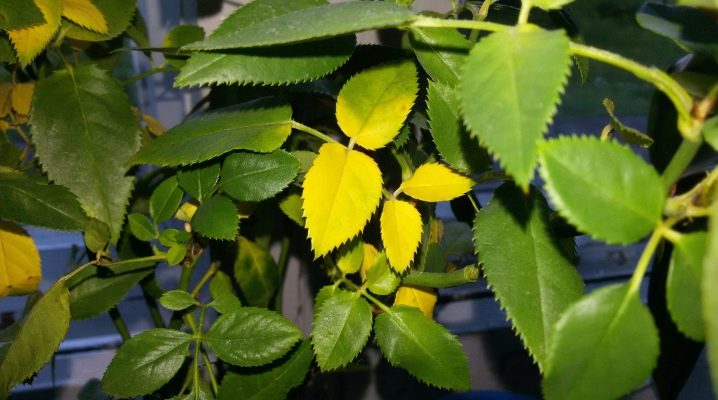
Indoor rose, like street rose, often suffers from diseases and not only. You can often see that its leaves turn yellow and dry out. Why this is happening and how to deal with it, we will tell below.
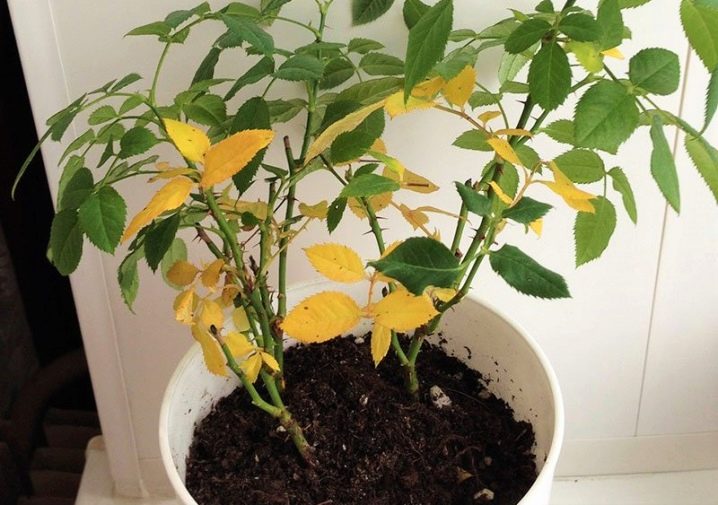
Bad conditions
Poor growing conditions often cause the leaves of a room rose to turn yellow.
Often, yellowing indicates thato the soil in which the flower is grown is poor, which causes the plant to suffer. This happens mainly with a lack of trace elements such as nitrogen, iron, potassium and manganese.
To understand what exactly the rose lacks, it is necessary to clarify exactly how its leaves turn yellow. So, with a lack of nitrogen, they turn yellow completely, and those that are located in the lower tier suffer in the first place. Further, the leaves fall off, and the shoots turn pale.
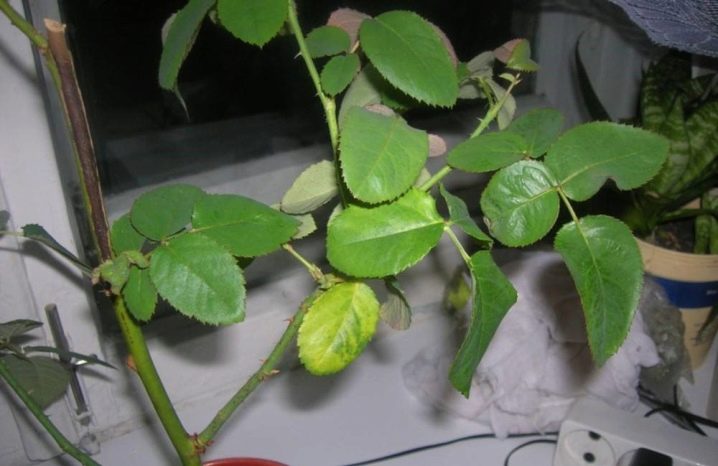
With iron deficiency, the plant begins to die from chlorosis.... At the same time, its leaves are covered with yellow spots, but the veins do not change their color. Young shoots receive the greatest harm, but later chlorosis also spreads to the rest of the foliage.
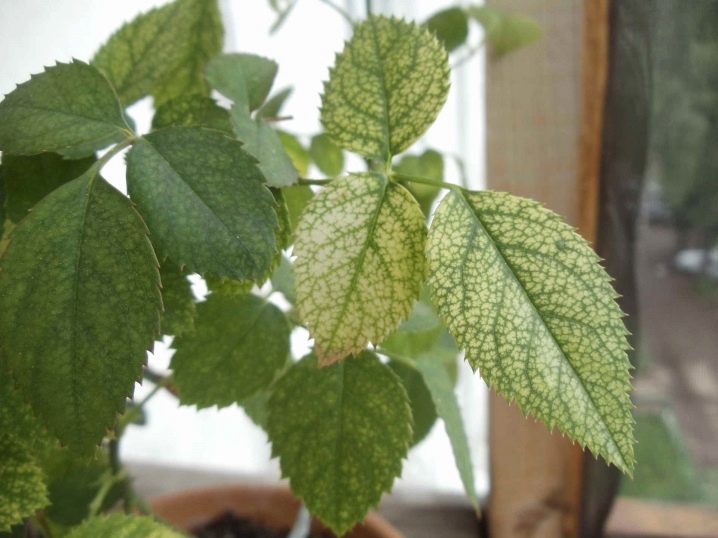
But if the plant lacks potassium, then in this case, on its leaves, you can see a yellow border that appears, which gradually begins to dry. Moreover, we note that yellowing appears not only in young leaves, but also in old ones.
With a shortage of manganese the plant is also covered with yellow spots, only its veins remain green. However, in this case, in contrast to iron deficiency, yellowing begins from the lower tier and moves up to the very crown.
In all cases, to eliminate the problem, the plant will need feed... However, when applying fertilizers, it is worth observing the measure, because an overabundance of trace elements is also very destructive for a room rose.
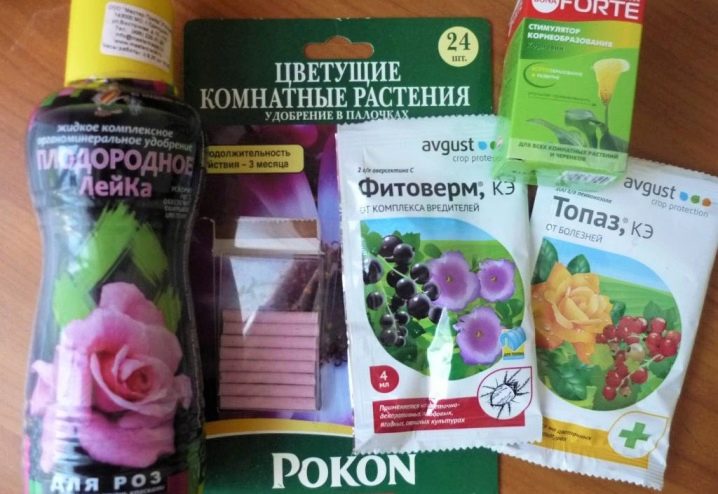
In addition, a potted plant can suffer after transplanting, especially if it was accompanied by too abrupt changes in conditions, because for roses this is a huge stress. Usually this problem is typical for those plants that originally grew in a shaded place. A transplant that is comfortable for a flower is recommended to be done after it has faded. But in the summer, you should not radically change the conditions for its cultivation, otherwise the potted rose will turn yellow, shed its leaves and lose its decorative effect.
Another reason for yellowing is excessively dry air, which is very important for roses growing in the house. To eliminate this problem, the foliage of the plant must be constantly sprayed from a spray bottle. It is recommended to do this in the evening.
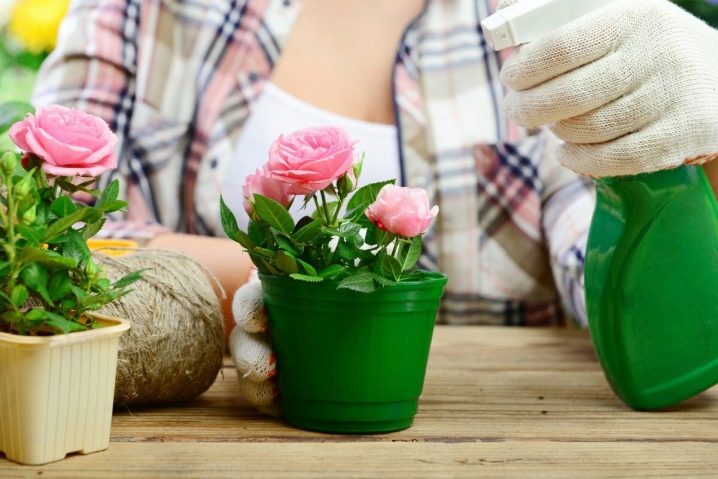
Improper care
Improper care of a home rose that is grown in a pot is another reason for yellow foliage.
As a rule, this phenomenon occurs when errors in watering a flower, namely when the soil is waterlogged. At the same time, old leaves begin to turn yellow, which are located on the lower tier. In the future, the rose sheds its foliage and dies as a result.

If you notice yellowing, you need to moderate the amount of water introduced and inspect the drainage holes: it is quite possible that they are clogged with earth or overgrown roots, which interferes with the elimination of excess water.
However, note that lack of moisture is also detrimental to the rose bush, as it is quite hygrophilous. Drying out of the soil in which it is grown must not be allowed, otherwise the plant will begin to turn yellow, it will slow down its development, and its buds will not open. In this case, just watering the plant abundantly will not be enough - you need to fully adjust the water application regime.

For the full development of the rose and the preservation of its decorative effect, high-quality lighting is also required. Ideally, the flower should receive about 5 hours of sunlight. At home, it will be difficult to achieve such an amount, and therefore it is better to resort to artificial lighting.

Treatment of diseases
Rust
If the rose turns yellow, then this may indicate a fungal disease such as rust. This ailment is mainly activated in cool and rainy weather. It affects the entire rose entirely, but getting rid of it turns out to be not so easy, especially if the disease has been started.
The main symptom of this disease is yellow specks that appear on the stem, leaves and petals. In the future, these spots crack, while changing their color to brownish. The change in the color of the spots indicates that the disease has already managed to penetrate the tissues of the plant, while being deeply entrenched there.
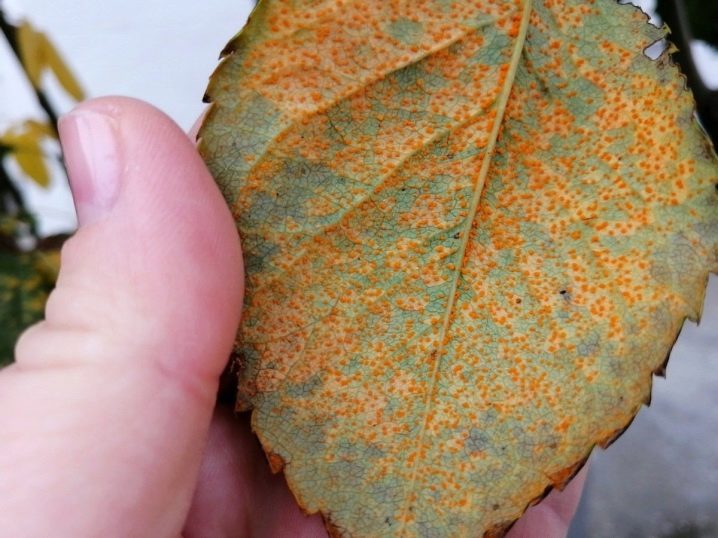
This phenomenon means that you will most likely have to face the fungus next year.
But closer to autumn, in the absence of treatment, this disease can develop into black spot. You can find out about this by the black spots that cover the plant areas. At the final stage of rust development, the plant sap ceases to circulate, and the rose itself dies.

To save the culture, we recommend taking timely action. So, first you need to eliminate all diseased parts of the plant. Please note that you should not add them to compost, otherwise the fungus will simply spread, infecting healthy plants. After eliminating diseased leaves, the rose will need to be treated with such systemic agents as, for example, "Topaz" or Bordeaux liquid... It is possible to spray the plant with these means in order to prevent rust.
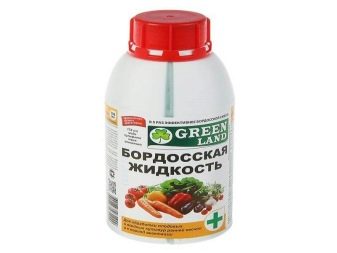
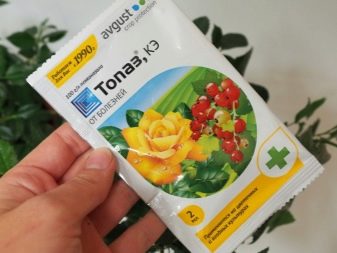
Black spot
Black spot is another disease that is encountered by almost every gardener. This is a dangerous disease, which is a very difficult task to cure.
The main symptom of this disease is the spots covering the leaves of the flower. Initially, they have a brown color and a yellowish edging, but over time, such spots darken and grow, gradually growing together with each other. As a result, pink foliage takes on a black-yellow or black-burgundy color. After that, the leaves curl and begin to fall off.
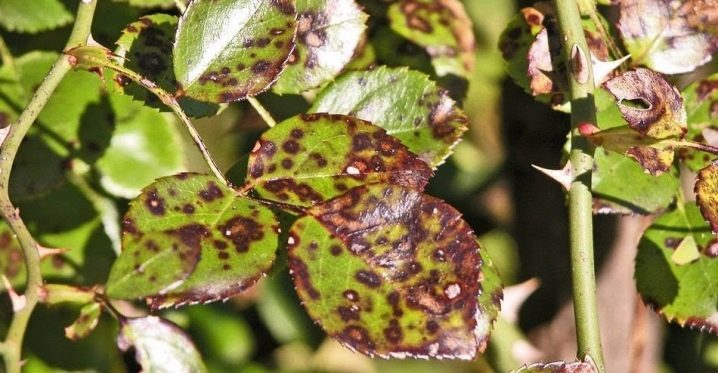
In the future, in those places where there were previously spots, bulging pads begin to appear, in which there are fungal spores.
You can see the consequences of this disease very soon: the rose will begin not only to become covered with dark spots, but also grow poorly. A sick flower will lag behind in development, and its immunity will decrease, which makes it less resistant to cold weather and will simply freeze out in winter.
It is best to deal with the treatment of this disease in the early stages of its development. So, for a start, it is necessary to eliminate all affected and fallen leaves by burning; it is not worth adding it to the compost. Next, the flower must be treated with preparations with a high copper content. For this, both systemic contact and systemic fungicides are suitable. But the soil around the diseased plant must be watered with such a means as Fitosporin-M. This should be done 2-3 times to fully consolidate the effect.
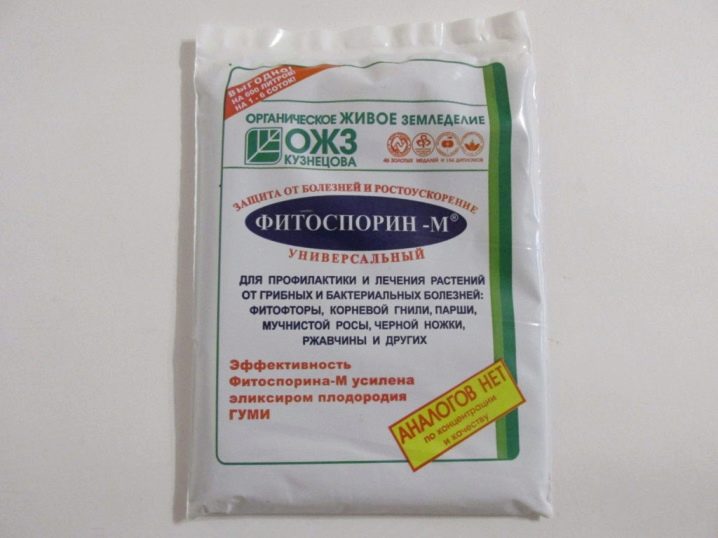
Powdery mildew
Powdery mildew is a very insidious disease. It is activated with a lack of calcium and lighting, with temperature jumps and humidity, as well as with excessive planting density. The first sign of the onset of the disease is serous plaque, which is easily erased with a finger.For this reason, many, in particular inexperienced summer residents, confuse it with ordinary dust and ignore it. However, this should not be done.
Plaque soon reappears on the leaves of the plant and begins to grow, capturing a large area of the flower. At the same time, it becomes denser, which does not affect the rose in the best way. Plaque inhibits the process of photosynthesis, which is important for a flower, which leads to wilting, yellowing and foliage falling. New leaves of a rose, however, still appear, but they do not look beautiful due to the lack of conditions for full development.
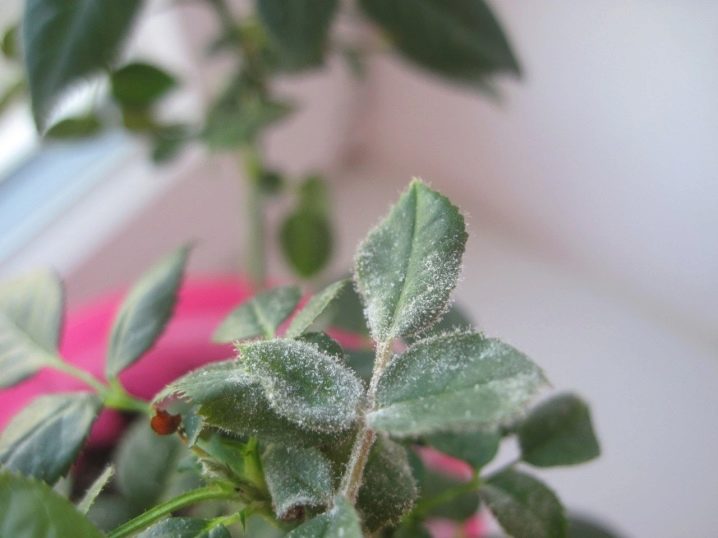
You should not ignore this disease. Otherwise, the flower will not only lose its decorative effect, but will perish.
To cure this disease, it is initially necessary to eliminate all diseased leaves and areas, and the fallen ones are also recommended to be removed from the pot. Next, you need to treat the rose with antifungal agents, such as, for example, "Topaz" or "Speed". And if the disease has been started, then in this case it would be better to abandon fertilization for a while.
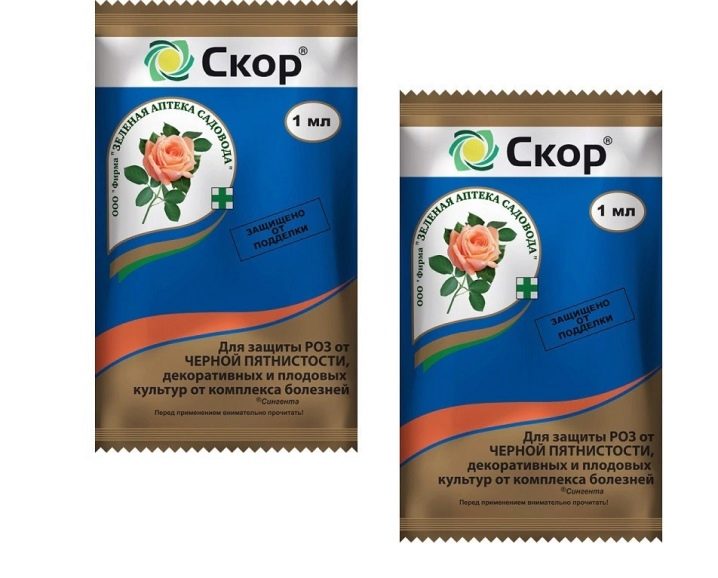
Pest control
Various parasitic insects, in particular the spider mite, are also harmful to indoor roses, which cannot be prevented. This parasite appears in the winter or autumn period, since this time, as a rule, is characterized by dry air. It is not difficult to find out about the "arrival" of the tick: in this case, it will be possible to find a cobweb on the plant, and it itself will begin to turn yellow. The latter phenomenon can be explained quite simply: the tick feeds on rose juices, drawing out all the necessary macronutrients from it.

To eliminate this parasite, you can use folk remedies. The most effective of them is considered a solution based on laundry soap.... They need to thoroughly spray the leaves of the flower. True, this remedy will not completely remove the tick, however, it will significantly reduce its amount.
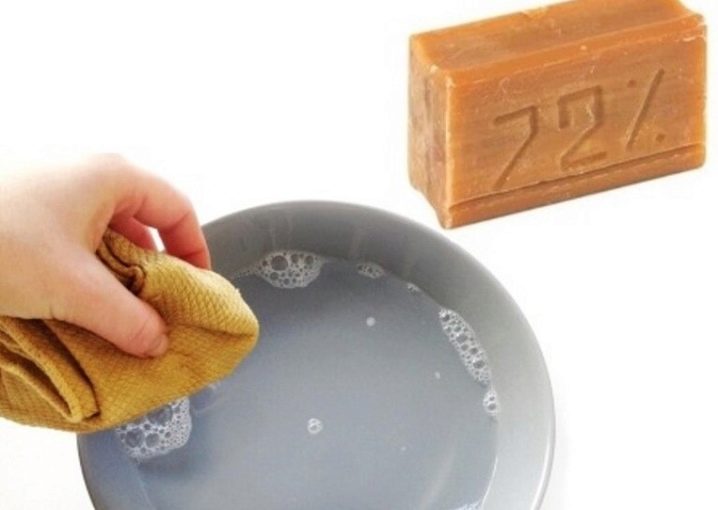
For the complete extermination of a harmful insect, we recommend resorting to the help of chemicals, which can be purchased at a specialized store. Treatments with their help can be combined with wiping the leaves with alcohol, which will also benefit the plant.
Aphids are another common pest of the potted rose. It is a small black or greenish insect. It also sucks plant juices, which is why the flower eventually begins to weaken, and its leaves turn yellow and wither.
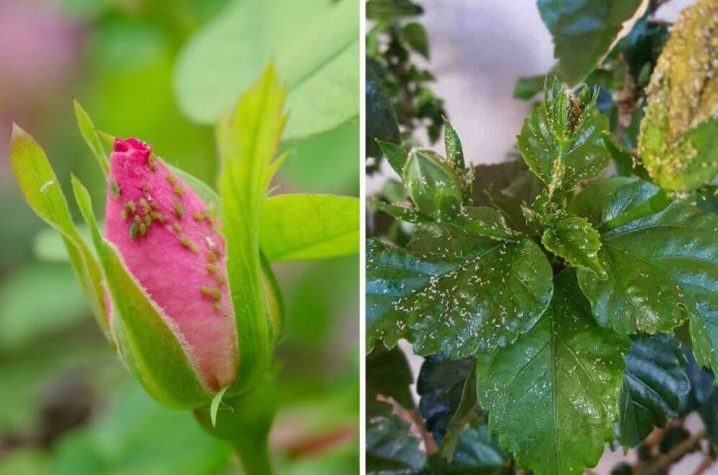
With too active attacks from this pest, you can see that the rose began to noticeably lag behind in development.
To get rid of aphids, you can resort to using folk solutions, namely: onion or garlic mixture. Soap solution will help in this case. However, chemicals in terms of control will be somewhat more effective. The most popular among them are such means as Inta-vir and Skor.
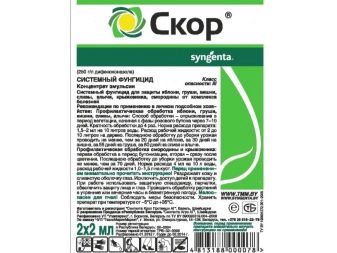
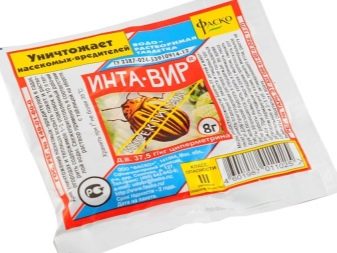
Prevention measures
Compliance with preventive measures will help protect the indoor rose from many problems.
So, the flower must be frequently examined for the presence of parasites or symptoms of diseases. If you find them, we recommend that you take appropriate measures as soon as possible.
Take good care of your rose. Do not forget about timely watering, pruning and artificial lighting. The latter is especially necessary for a flower that is grown at home, where it cannot receive enough sunlight.
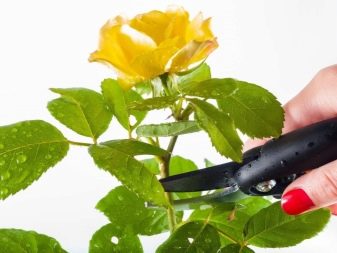

Do not forget about preventive treatments, which can be carried out with the help of folk remedies. They will help strengthen the plant's immunity and protect it from a particular infection.


































































































The comment was sent successfully.